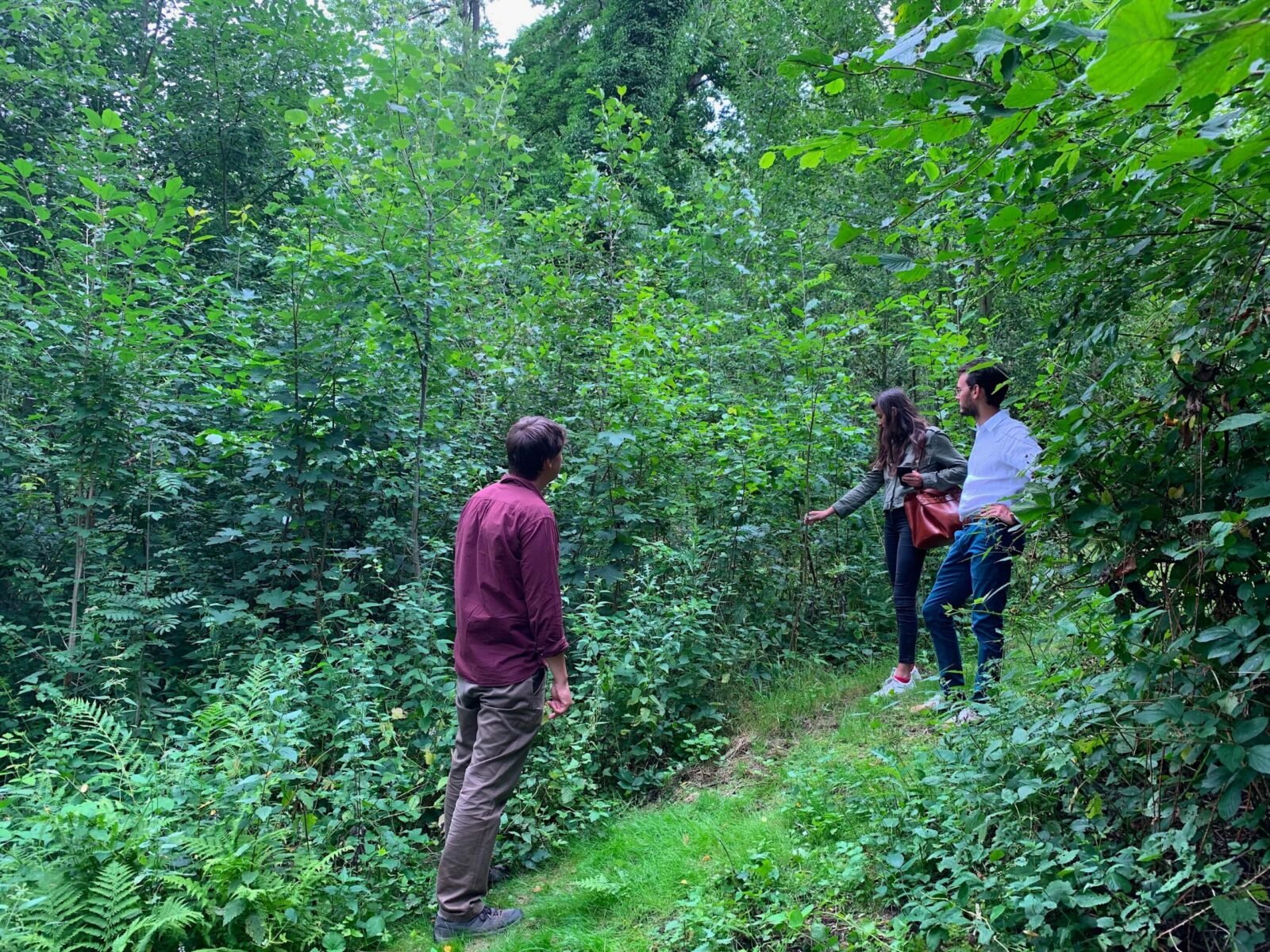Tiny Urban Forests Are Popping Up on Brownfield Sites Across the Globe

Climate adaptation doesn't have to be on a massive scale. This small-scale method sees urban brownfield sites transformed into tiny urban forests by local communities, improving biodiversity and combating climate change.
Reforestation projects are key in collective efforts to revive biodiversity and limit the global temperature increase to 1.5°C. It is estimated that by 2050, newly created or restored forests could remove up to 10 gigatons of CO2 from the atmosphere. Large scale reforestation projects make a large contribution to this figure, but local, small-scale initiatives have a significant role to play too.

Miniature urban forests are a fairly simple idea, initially developed in the 1970s by a Japanese botanist named Akira Miyawaki. Miyawaki observed that protected native forest areas of temples, shrines and cemeteries were a lot more resilient and diverse than the ubiquitous timber forests that dominated the landscape. The native species were perfectly adapted to the local climate and grew in harmony with each other. These native forests can be quite easily nurtured by humans. Taking inspiration from the diversity of nature, brownfield sites are planted densely with a variety of entirely-native seedlings and are then left to grow with minimal intervention. The forests mature into complex ecosystems relatively quickly and are perfectly suited to local conditions. These forests do wonders for local biodiversity, grow quicker and absorb more CO2 than mono-culture timber forests.

Recently, these tiny urban forests have gained popularity across the world. They can be squeezed into spaces as small as a tennis court, and are frequently placed in school yards or by the side of the road. Miyawaki forests can grow into mature ecosystems in just 20 years, significantly faster than homogeneous timber forests, and provide a whole host of ecosystem services. Mature forests with native trees soak up much more carbon dioxide than typical mono-culture reforestation plantations. The forests also provide urban oases for biodiversity, supporting up to 20 times as many species as non-native managed forests. The diverse and dense flora provide an abundance of food and shelter for fauna such as pollinating butterflies and bees, beetles, snails and amphibians to thrive.

In addition to increased biodiversity and carbon sequestering, urban forests have a whole host of benefits for people and the environment. Increased urban greening can positively affect residents’ mental health, protect soils from erosion, reduce air pollution and even combat urban heat island effects. Through initiatives such as Urban Forests and Tiny Forest, local residents can get involved with the projects, and contribute hands-on to the greening of their neighbourhood.

Urban Forests works with individuals, businesses and collectives to transform bare land into lush urban oases, filled with life. Urban Forests will plant the forest, in collaboration with local community groups, and help maintain the forest for the first three years when it is still vulnerable. They have currently planted a total of 37,708 trees across France and Belgium. Tiny Forest operates in the Netherlands, one of the most densely populated countries in the world, with about 66% of the population living in urban areas, far away from nature. IVN Nature Education started Tiny Forest as a way to reconnect people with nature; the initiative helps local communities and schoolchildren to create little pockets of nature in the urban landscape, perfect for everyday exploration. Through this reconnection, IVN hopes to help nurture an environmental consciousness in children and young people.



